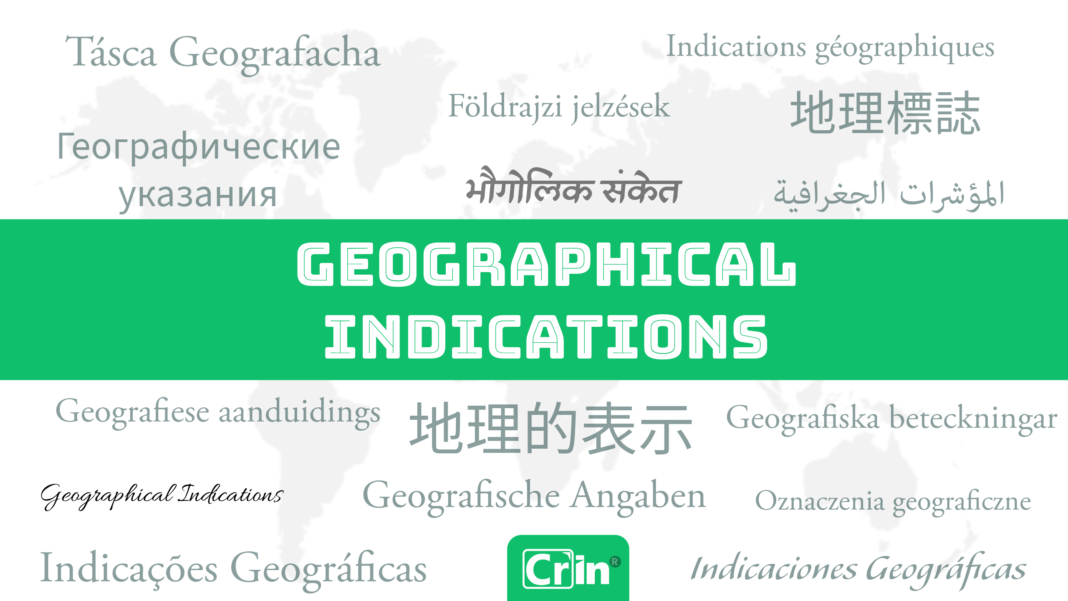In the realm of intellectual property rights, geographical indications (GIs) hold a distinct and invaluable place. These markers of origin not only protect the cultural heritage and traditional knowledge associated with specific regions but also play a crucial role in promoting economic development and safeguarding consumer interests. In this comprehensive guide, we delve into the intricate world of geographical indications, exploring their definition, importance, registration process, and global impact.
Understanding Geographical Indications
What are Geographical Indications?
Geographical indications (GIs) are signs used to identify products that originate from a specific geographical location and possess qualities, reputation, or characteristics attributable to that origin. GIs serve as a form of intellectual property protection, ensuring that products bearing the designation are genuine and produced according to traditional methods or specific standards.
The Significance of Geographical Indications
GIs play a multifaceted role in promoting socio-economic development, cultural preservation, and consumer protection. By linking products to their geographical origin, GIs:
- Preserve Cultural Heritage: GIs safeguard traditional knowledge, production techniques, and cultural practices associated with specific regions, preserving their cultural identity and heritage.
- Promote Economic Development: GIs create value for local economies by enhancing the marketability and competitiveness of regionally distinctive products, thereby supporting rural livelihoods and fostering sustainable development.
- Ensure Quality and Authenticity: GIs provide consumers with assurance regarding the authenticity, quality, and unique characteristics of products, enabling informed purchasing decisions and protecting against fraudulent or misleading practices.
The Registration Process
Obtaining Geographical Indication Protection
The registration of geographical indications involves a systematic process governed by national or regional intellectual property laws. The key steps in obtaining GI protection include:
- Identification: Identify the distinctive qualities, reputation, or characteristics of the product attributable to its geographical origin.
- Collective Action: Mobilize producers, associations, or authorities representing the geographical area to initiate the GI registration process.
- Documentation: Prepare and submit a comprehensive application dossier, including evidence of the product’s link to the geographical origin, production methods, quality standards, and proof of local support.
- Examination: The competent authority examines the application to ensure compliance with legal requirements and assesses the eligibility of the GI for protection.
- Publication and Opposition: The application is published for public scrutiny, allowing interested parties to raise objections or file oppositions against the registration.
- Registration: Upon successful completion of the registration process and resolution of any objections, the geographical indication is officially registered and granted legal protection.
Global Implications
International Recognition and Cooperation
Given the cross-border nature of trade and commerce, international recognition and cooperation are essential for the effective protection of geographical indications. International agreements such as the Agreement on Trade-Related Aspects of Intellectual Property Rights (TRIPS) and the Lisbon Agreement establish frameworks for the recognition and protection of GIs across borders, facilitating market access and preventing misappropriation.
Bilateral and Multilateral Agreements
Bilateral and multilateral agreements between countries further enhance the protection of geographical indications by establishing mutual recognition mechanisms, facilitating registration procedures, and promoting cooperation in enforcement activities. These agreements promote fair trade practices, foster cultural exchange, and contribute to the sustainable development of rural communities.
Conclusion
In conclusion, geographical indications serve as powerful instruments for preserving cultural heritage, promoting economic development, and safeguarding consumer interests. By protecting products linked to specific geographical origins, GIs contribute to the rich tapestry of global diversity and foster sustainable growth in local communities.



